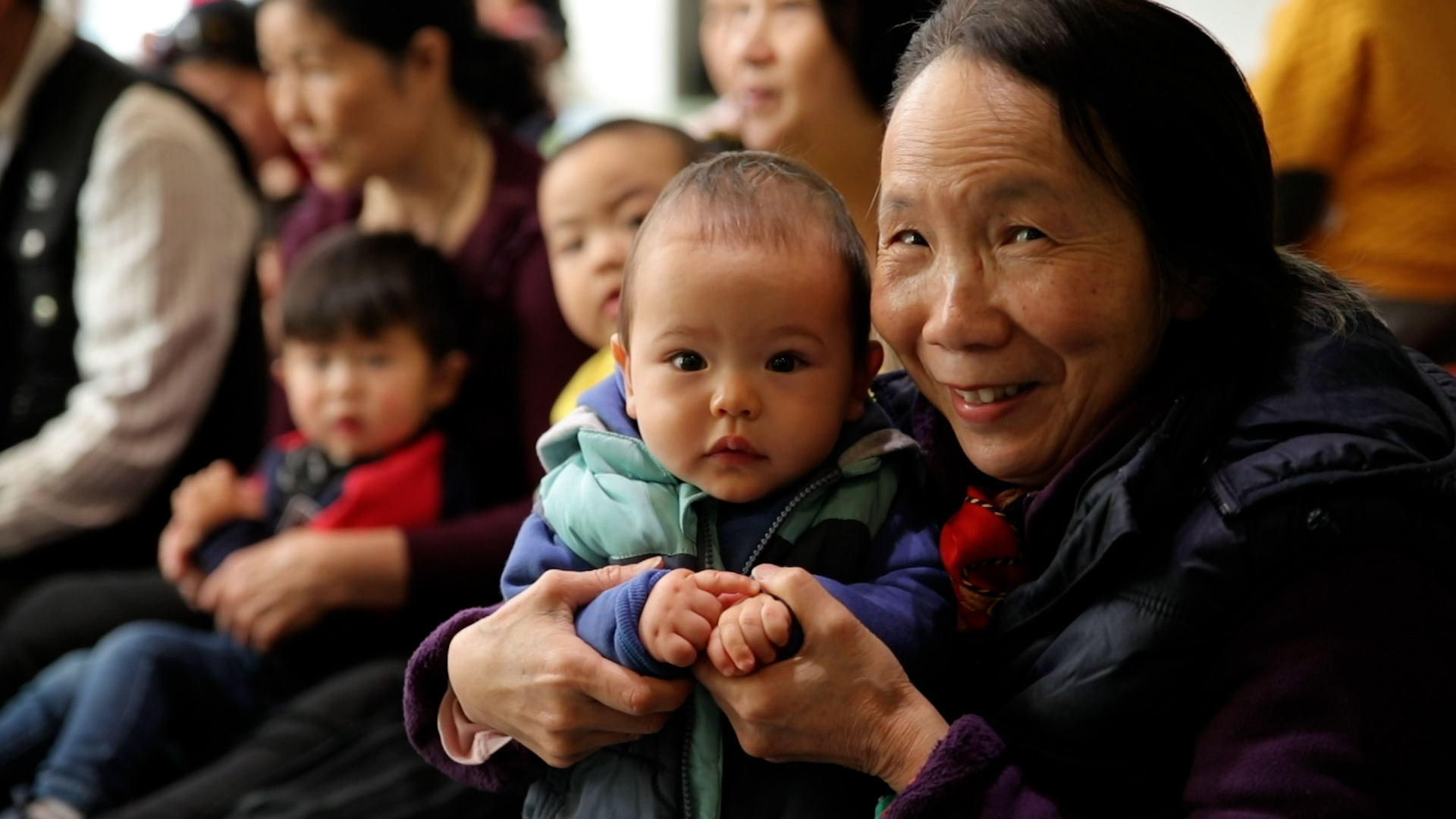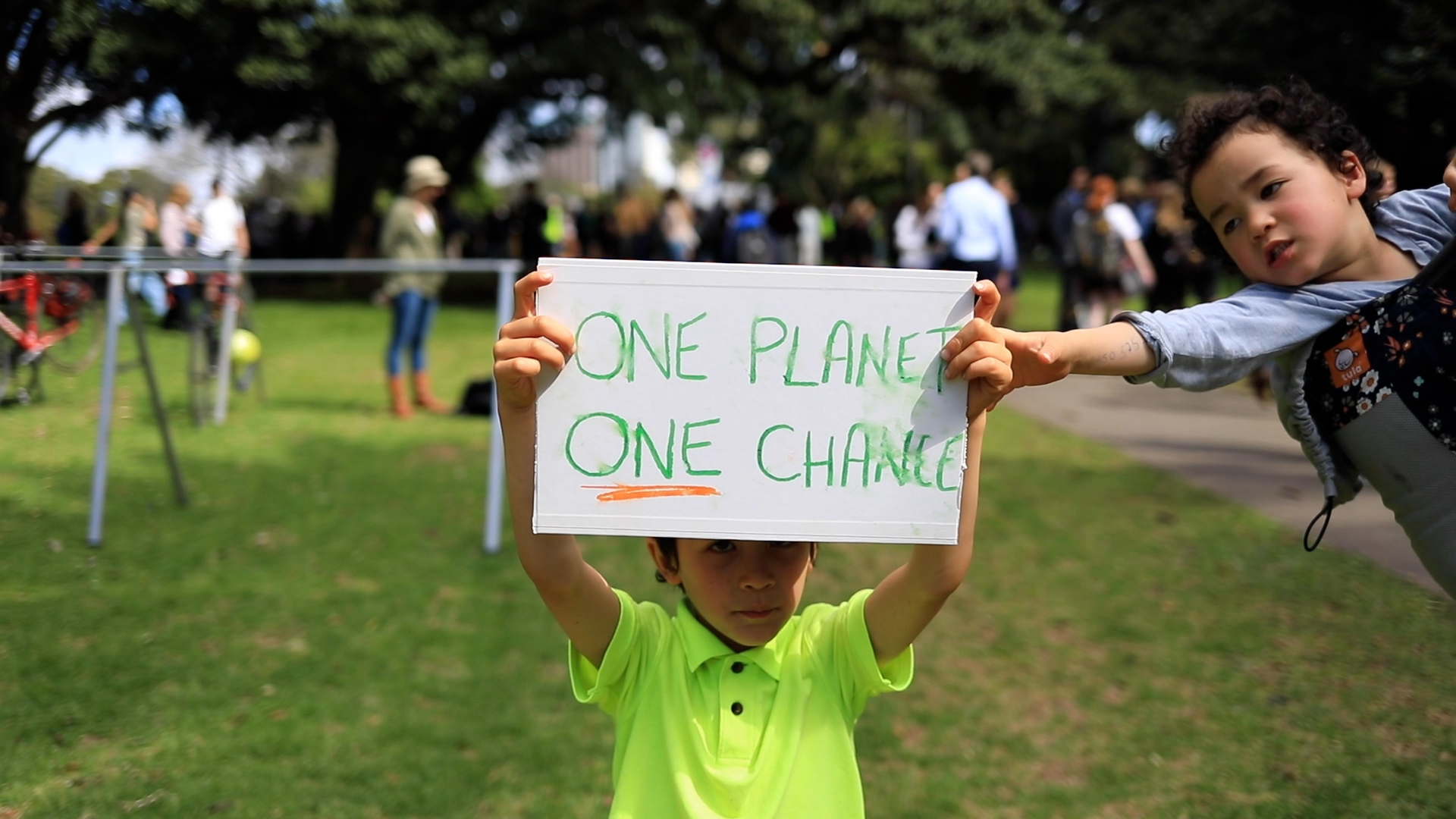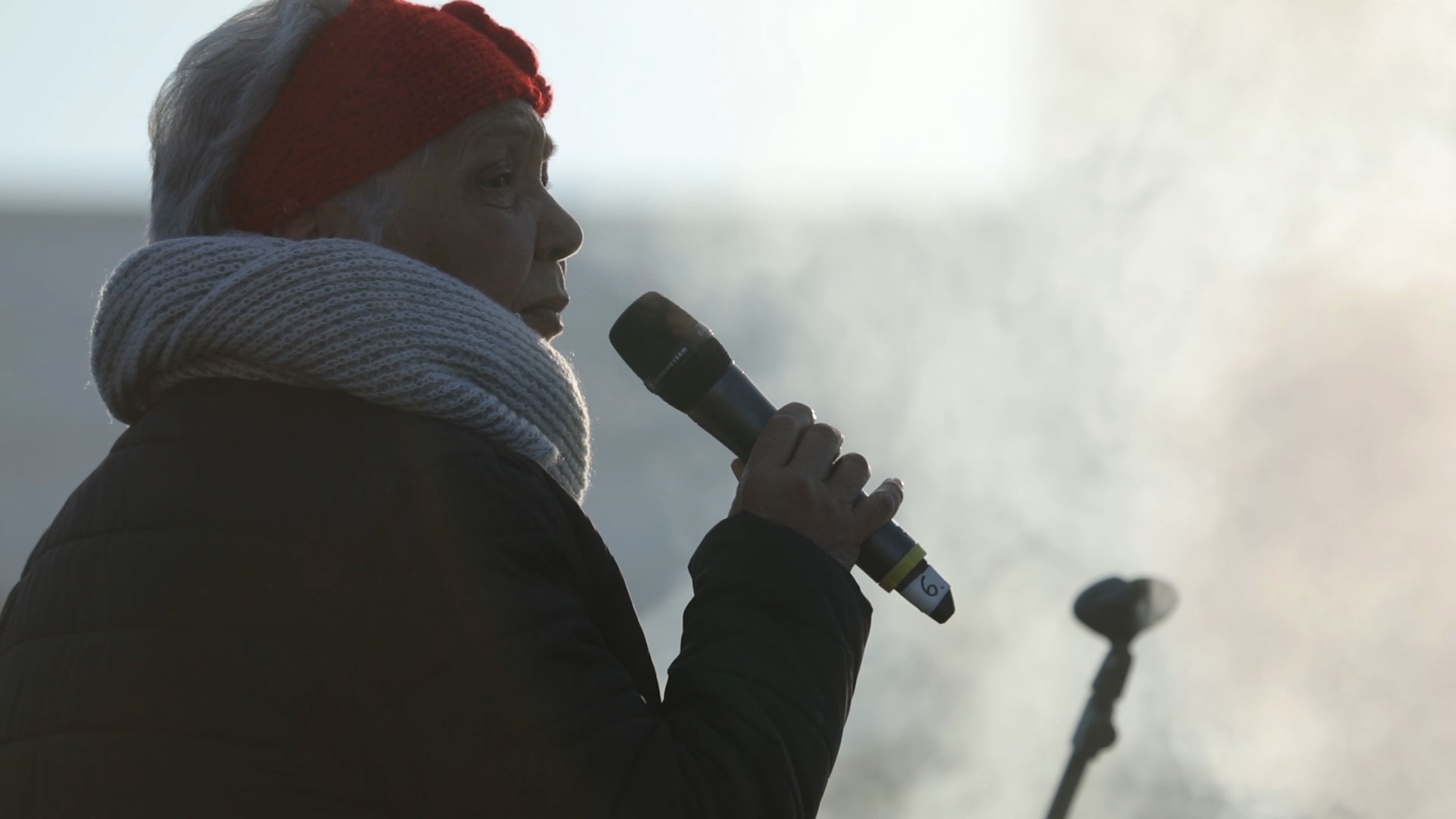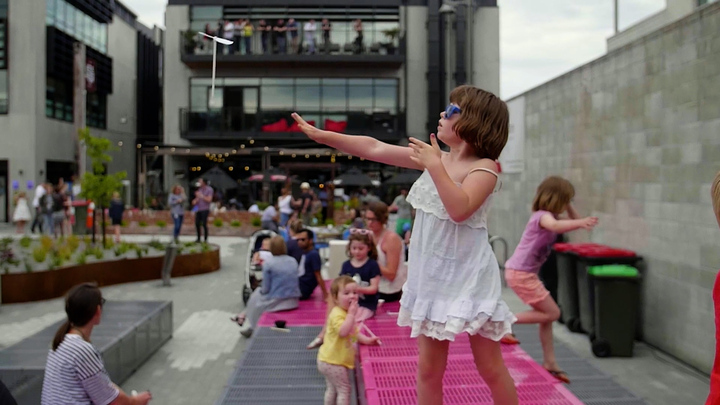Why we need to be telling more hopeful stories
2020 saw the crumbling of long-held narratives on which our societal systems and structures are built. In being forced to confront how fragile and inequitable most of those systems and structures truly are, the way we understand the world is missing one vital ingredient: hope. This World Storytelling Day, we invite you to be part of driving a more inclusive future using the power of hopeful storytelling.
Why we need more hopeful stories right now
The world is not the same place it was 12 months ago. From #BlackLivesMatter to border closures, and even the more recent Facebook ban, the disruption and dismantling of ‘business as usual’ created somewhat of a vacuum; a space devoid of the well-worn stories we were accustomed to relying on, in order to make sense of our world.
As these systems and stories started to crumble, those who already owned, or had access to, the means and the platforms capable of disseminating information (i.e. media, both traditional and social) got the first chance to fill that vacuum.
Some used this opportunity to promote narratives that acknowledged the world’s far-reaching inequities and aimed to create a sense that ‘we are all in this together’ like this SBS Story about the parallel ‘Kindness Pandemic’ or these favourite stories from 2020. However, the majority of mainstream narratives seemed to drive fear, division, isolation and disconnection into our hearts, homes and workplaces.
Fear-driven stories have a way of hijacking our limbic systems, triggering our ‘fight, flight, freeze response’, and robbing us of one key factor that is fundamental to our ability to keep going and be resilient during times of uncertainty and despair: hope.

Hope helps you to move forward
At Digital Storytellers, we have built our business on telling positive, hopeful stories not only because hope brings people together and forms the basis for collective action, but because it can be incredibly powerful in overcoming fear.
This does not mean that we cannot and do not use stories to shine a spotlight on injustice and inequality – we do – but we deliberately find, make, edit, and share stories of hope to help us collectively move through our current realities, rather than be engulfed by them. Let’s walk through how to cultivate and create this same approach to hopeful stories within your organisations and communities.
Exploring the world as it could be
Your ability to successfully lead a team, an organisation, a community, or even a society, through this all-important reimagining and rebuilding phase of the pandemic, hinges on your capacity to move beyond fear and tell a more hopeful story. Because, despite such a challenging year, one thing that hasn’t changed is: humans still navigate and understand the world through stories.
On a personal level, telling a story can support you to navigate your experience, make sense of the world around you, relay information, and move through trauma towards catharsis.
On an organisational level, telling stories helps you to celebrate and reflect on what you do, what you’re trying to achieve and the wins you’ve had along the way. Stories also help to shape culture, strengthen team spirit, build a shared purpose, and to make ‘living your values’ a less abstract concept, and instead show what it means to fulfil them on a daily basis.
On a community level, telling stories helps us to create a shared vision for the kind of world we want to live in, and helps us figure out how to collectively move forward. They can be used to save lives and inspire the masses, and they can overcome isolation and loneliness in a way few other tools can. Indeed, storytelling serves to grow and engage the community.
While it is important to use storytelling as a way to explore the world as it is right now, it is also possible, and perhaps even more important given the current reality, to use story to explore the world as it could be.
So, do you want to tell a story of division, chaos and fear? Or do you want to tell a story of inclusivity, kindness and impact by choosing hope?

Cultivating a culture of hopeful storytelling
In modern and ancient cultures alike, community gatherings were centred around the sharing of stories. If you are going to lead your organisation or community through this time, it is critical that you begin to embed storytelling practices in your every day and start to share and cultivate hopeful, forward looking narratives from within.
What might that look like? Some organisations ban PowerPoints and use narrative structure in meetings, others make sure that they bring to life stats on clients and customers with anecdotes. No matter what feels useful or relevant to you, the most important thing is that the mindset and desire to build a storytelling culture begins to permeate the entire organisation, and that there are spaces or gatherings specifically centred around sharing stories either in-person or virtually.
What we need are stories that give people hope; stories that get them excited to be part of the work you are doing, and that remind them why they do what they do in the first place. So, start to cultivate a culture of storytelling in your organisation or community by asking:
-
- What’s an example of a moment where you felt like you understood exactly why we do this work?
- What were things like before that moment?
- What happened to change that?
- What was the impact of that change?
- What might this make possible in the future?
- What stories are resonating with you right now? Are there any we should stop telling? Keep telling? Start telling?
- What is a major win or highlight of your week or a challenge that you have overcome this week?
- What do you think is our baggage (things we need to leave behind), our luggage (what we want to take on the journey) and the duty free we need to pick up on the way (a gift to others)?

Creating story artefacts you can share
Now that you have started to embed a culture of storytelling in your organisation or community, by nurturing spaces for hope-driven stories, it’s time to crystallise, reflect and share the most powerful of these stories and create your story artefacts. ‘Story artefacts’ is what we call what you have in your hands as a result of a storytelling process (e.g. videos, blog posts, animations, illustrations).
Story artefacts are critical to unlocking the power of hopeful storytelling because they make a story tangible and give people, both internally and externally, the ability to interact with and share those stories. They are effective at distilling narratives, giving you the chance to both celebrate and make progress visible, while reflecting an expansive vision of the world as it is and how it could be.
There’s a reason we choose to tell stories using primarily visual mediums. Visual mediums help to communicate in a way that words alone cannot; in a way that captures the ‘essence’ and the ‘unspoken’ parts of a story through colour, facial expressions, movement and multiple dimensions. Furthermore, the process of creating these visual artefacts incorporates the vital distillation process of digesting, reflecting and intentionally selecting which narratives to amplify versus those we leave behind.
While, of course, we love visual mediums, it matters less whether you choose film, animation or illustration to tell your story, as it does that you share the story at all.
You simply want everyone in your organisation, community or cause to have hopeful and powerful stories at their fingertips that communicate why you do what you do, so they can use them to bring more people together.
Telling your story means also listening to the responses
As the saying goes, ‘one mouth, two ears’ – so, when you are beginning to tell your hopeful stories, it’s important to begin the parallel process of ‘story listening’. The process of listening for, digesting and reflecting on how your stories are (or are not) igniting your audience’s imagination is a critical and often overlooked part of storytelling strategy.
When people work with us to create visual artefacts of their work, rarely are they telling their stories for the sake of it. People tell stories with us for a purpose: to help galvanise a community; garner support for a campaign or cause; or to share the wins of the work they’re doing in the world. In that way, storytelling is a collaborative exchange.
Indeed it is often the act of experiencing how and what your audience reacts to, that you shift the storytelling process from one that might have felt stagnant or manufactured into one that is creating a dynamic, living narrative with transformative potential.
By creating space for story listening, our communities are invited on the journey in a way that enables their voices and experiences to be heard, shared, and further points of connection and empathy made. As storytellers, we must listen first before we hear, and we must hear before we act. Otherwise how do we know that we’re on the right path?
In the midst of 2020, during one of the longest lockdowns in the world, the Social Enterprise Network of Victoria (SENVIC) initiated a storytelling program, bringing together their community of social enterprises from across the state. Through the program, they cultivated a sense of connection amongst the participants, articulated strong stories of hope and distilled their vision and mission into a short video to better position themselves as leaders in ‘building forward better’. Read more about the program here.
Now is the time to get started
This past year has surfaced, and even reinforced, many of the stark inequities and injustices in our world. It has also made progress towards a more fair, sustainable, accessible, and inclusive world more urgent.
We believe that your story is the best asset you have in creating a bold and beautiful new world because, ultimately, the stories we amplify in this moment is a choice; a choice to shape a more hopeful and inclusive future.
Through a deepened consciousness of the collective narratives that we’re forming and sharing, and taking the time to listen to others and cultivate stories of hope – we can catalyse a more bold and beautiful new world.
If you would like help to find, shape and share your hopeful story, get started with our free Story Canvas or get in touch with our team to book a dedicated Story Listening session.

